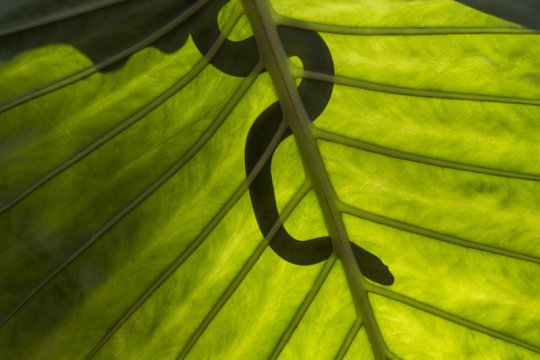Modern snakes evolved from a few survivors of dino-killing asteroid

A new study suggests that all living snakes evolved from a handful of species that survived the giant asteroid impact that wiped out the dinosaurs and most other living things at the end of the Cretaceous. The authors say that this devastating extinction event was a form of 'creative destruction' that allowed snakes to diversify into new niches, previously filled by their competitors.
The research, published in Nature Communications, shows that snakes, today including almost 4000 living species, started to diversify around the time that an extra-terrestrial impact wiped out the dinosaurs and most other species on the planet.
The study, led by scientists at the University of Bath and including collaborators from Bristol, Cambridge and Germany, used fossils and analysed genetic differences between modern snakes to reconstruct snake evolution. The analyses helped to pinpoint the time that modern snakes evolved.
Their results show that all living snakes trace back to just a handful of species that survived the asteroid impact 66 million years ago, the same extinction that wiped out the dinosaurs.
The authors argue that the ability of snakes to shelter underground and go for long periods without food helped them survive the destructive effects of the impact. In the aftermath, the extinction of their competitors -- including Cretaceous snakes and the dinosaurs themselves -- allowed snakes to move into new niches, new habitats and new continents.
Snakes then began to diversify, producing lineages like vipers, cobras, garter snakes, pythons, and boas, exploiting new habitats, and new prey. Modern snake diversity -- including tree snakes, sea snakes, venomous vipers and cobras, and huge constrictors like boas and pythons -- emerged only after the dinosaur extinction.
| Webiste | ScienceDaily- https://www.sciencedaily.com/ |
|---|---|
| Article Name | Modern snakes evolved from a few survivors of dino-killing asteroid |
| Source | University of Bath |
| You can find the article here | https://www.sciencedaily.com/releases/2021/09/210914111218.htm |